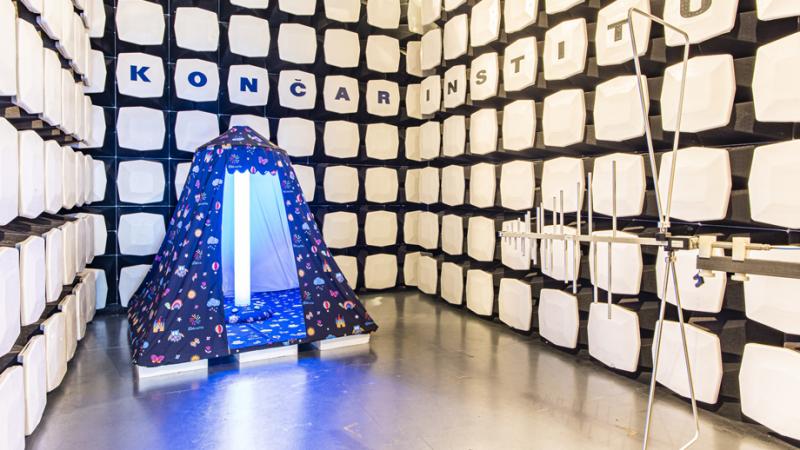Comprehensive testing of SENcastle: A multi-sensory device for children with developmental disabilities
The Laboratory Center has successfully conducted rigorous testing of SENcastle, a multi-sensory device designed to provide sensory stimulation and integration for children with developmental disabilities. Developed in collaboration with Croatian experts, defectologists, and sensory integration therapists, SENcastle aims to enhance communication skills and motor abilities through engaging play and interaction.

SENcastle is specifically designed for children with autism spectrum disorders, ADD, ADHD, intellectual, motor, and speech-language difficulties, learning disabilities, and mental health challenges. This innovative product helps children develop communication skills and motor abilities through play and interaction. It is suitable for use in kindergartens, schools, rehabilitation centers, health canters, hospitals, specialized clinics, associations, and both public and private spaces.
As a therapeutic support tool for children, SENcastle must adhere to the highest safety and performance standards, complying with international norms and IEC standards. Therefore, the Institute, functioning under the IECEE CB Scheme as a CB Testing Laboratory (CBTL) and as a National Certification Body (NCB), performed comprehensive testing in the areas of Electromagnetic Compatibility (EMC) and electrical safety.
In the realm of EMC, testing involved measuring emissions, specifically the radiated disturbances produced by the device, and evaluating immunity, which is the device's ability to operate correctly in the presence of external disturbances. This included Electrostatic Discharge (ESD) tests and assessments of the device's resistance to radiated radiofrequency electromagnetic fields.
The second phase of testing concentrated on the electrical safety of the device (LVD) under the CB Scheme, adhering to the EN 62368-1 standard (Safety standard for audio/video, information and communication technology equipment). The device, powered by a 12 VDC supply, underwent several critical tests, including: Documentation review: The instructions and label were checked for compliance with the standard. Voltage and current classification: Based on the nominal voltage and measured current, the device was categorized into one of the power classes (PS1, PS2, PS3). Power source classification: The device's power source class (ES1, ES2, ES3) was determined, guiding further tests.
Temperature testing: Temperatures were measured at expected hotspots until stable conditions were achieved. Power and current measurement: The input power and current of the device were measured.
Stability testing: The device's stability during operation was assessed. Abnormal condition simulation: Simulated abnormal operating conditions included parallel measurement of voltage, current, and heating values. Fault simulation: Potential faults during normal operation were simulated with parallel measurements of voltage, current, and heating values.
The tests validated that SENcastle complies with all prescribed criteria and international IEC standards, confirming its safety and effectiveness. As a result, a CB Certificate was issued based on the test reports, facilitating its launch into the international market.